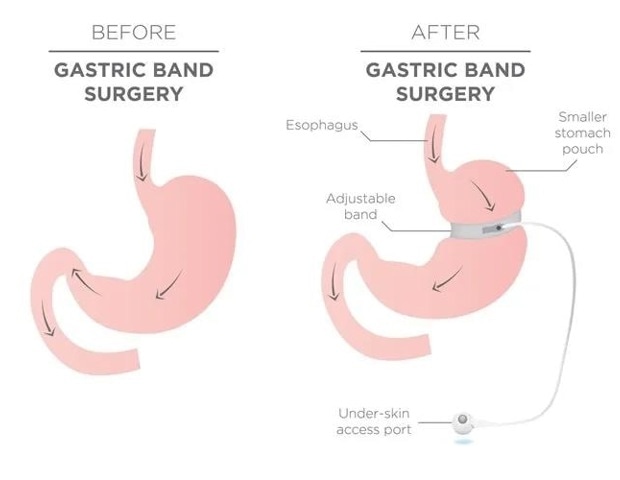
New analysis findings present a big improve in using weight reduction medicine amongst sufferers present process metabolic and bariatric surgical procedure, signaling an evolution within the administration of weight problems and Kind 2 diabetes.
The analysis will likely be offered on the American School of Surgeons (ACS) Scientific Congress 2025 in Chicago, October 4-7.
There is not any one-size-fits-all strategy to treating weight problems, metabolic syndrome, or diabetes and its associated situations. We’re coming into a brand new world of multidisciplinary care pathways and a brand new frontier of weight administration that’s necessary for sufferers and surgeons to consider.”
Patrick J. Sweigert, MD, senior writer of the examine and a bariatric and foregut surgeon, The Ohio State College Wexner Medical Middle, Columbus, Ohio
The analysis staff carried out a cross-sectional examine taking a look at glucagon-like peptide-1 receptor agonists (GLP-1s) semaglutide (Wegovy, Ozempic) and tirzepatide (Zepbound, Mounjaro) amongst sufferers present process metabolic and bariatric surgical procedure. Dr. Sweigert and colleagues analyzed almost 365,000 sufferers who underwent major metabolic and bariatric surgical procedure between 2018 and 2024. They used the Epic Cosmos database, which incorporates greater than 300 million affected person data from establishments throughout the nation, to look at prescription patterns for semaglutide and tirzepatide, two of the latest GLP-1s to hit the market.
Key findings
-
Preliminary findings point out the proportion of sufferers receiving not less than one GLP-1 prescription within the yr main as much as surgical procedure elevated from 1.8% within the first quarter of 2020 to 29.4% within the fourth quarter of 2024 – a sixteenfold rise. Use surged throughout sufferers with and with out diabetes, underscoring the increasing function of those medicines in weight problems therapy, impartial of diabetes standing.
-
Amongst sufferers with out Kind 2 diabetes, preoperative GLP-1 use rose elevenfold over the previous three years-from 2.1% within the first quarter of 2022 to 23.2% within the fourth quarter of 2024. By comparability, use amongst sufferers with Kind 2 diabetes elevated fourfold, from 11.3% to 45.2% over the identical interval.
The median age of sufferers was 43 years, the median preoperative physique mass index (BMI) of those sufferers was 46. Ladies made up 80% of the pattern, and 33% had a analysis of Kind 2 diabetes.
Lead writer Stefanie C. Rohde, MD, a common surgical procedure resident at The Ohio State College Wexner Medical Middle, famous that the findings mirror a shift in how bariatric surgical procedure candidates understand their therapy choices.
“Whereas sufferers beforehand believed they’d to decide on between GLP-1 receptor agonists and surgical procedure, we’re now seeing that individuals are utilizing each,” Dr. Rohde stated. “We all know that sufferers can use GLP-1s after bariatric surgical procedure to amplify their weight reduction. However all of that is nonetheless very new when it comes to the way to handle sufferers successfully.”
Going ahead, she added, real-world knowledge akin to that from Epic Cosmos can assist the event of evidence-based pointers for when to begin, mix, or transition between therapy approaches, whether or not earlier than surgical procedure or throughout the postoperative interval.
The investigators acknowledged limitations of their evaluation, together with potential inaccuracies in well being report knowledge and uncertainty about whether or not sufferers stuffed or took their prescribed medicines.
Examine co-author is Mahmoud Abdel-Rasoul, MS, MPH.
Supply:
Journal reference:
Sweigert, P., et al. (2025) Preoperative Glucagon-Like Peptide-1 Receptor Agonist Utilization Has Surged Amongst Bariatric Surgical procedure Sufferers, Scientific Discussion board, American School of Surgeons (ACS) Scientific Congress 2025.

